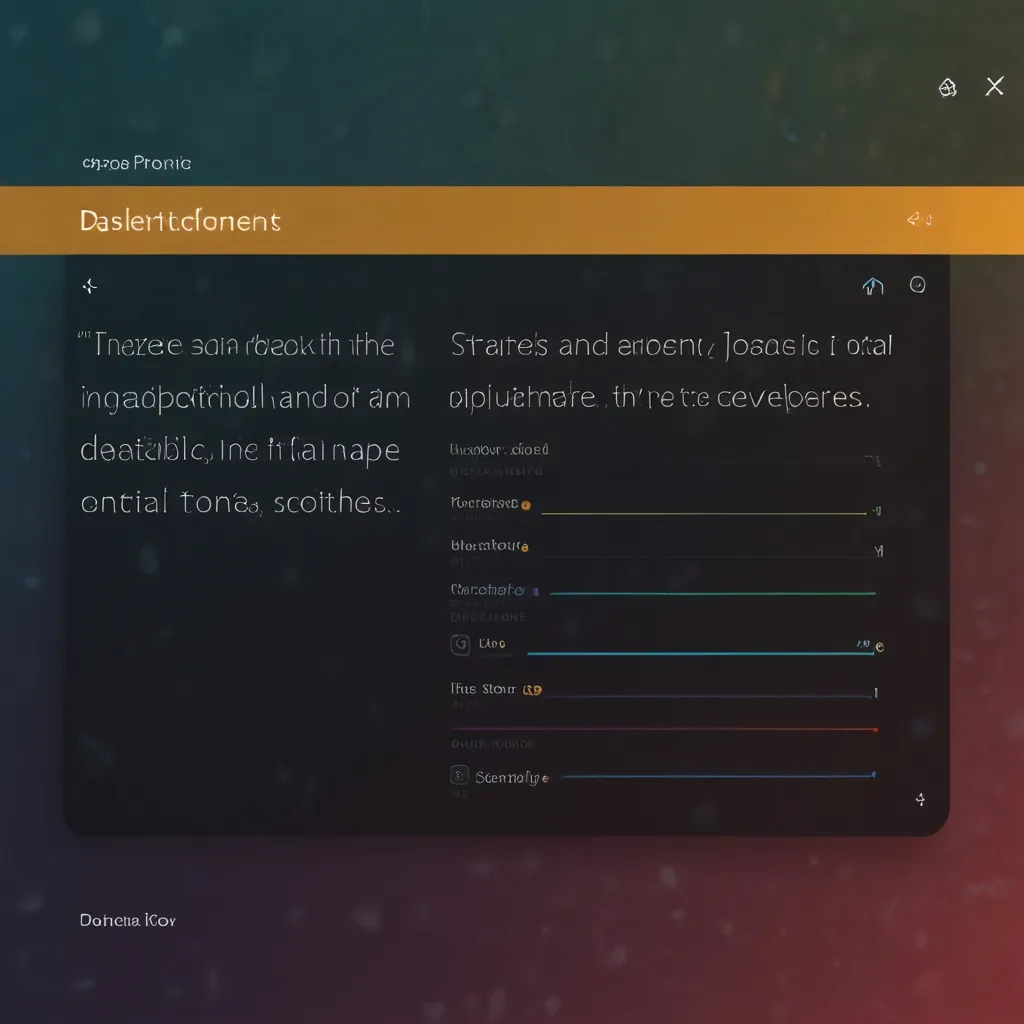Getting Rolling with ActionHero.js: Build Your Own Scalable and Reusable APIs!
Hey there! Dishing out APIs can be a real head-scratcher if you’re using outdated or cumbersome tools. But don’t sweat it because ActionHero.js is a total game-changer. This Node.js framework turns the hassle into a breeze, perfect for both stateless and stateful applications. You’re gonna love creating APIs that are robust, scalable, and reusable with ActionHero.js, whether you’re tackling HTTP, WebSockets, or other protocols.
Let’s Get This Party Started: Setting Up Your Project
So, you’re ready to roll up your sleeves and jump into ActionHero.js? Awesome! To kick things off, you’ll need to set up a new ActionHero project using their CLI. Fire up your terminal and bang out these commands:
npx actionhero generate
npm install
npm run dev
Here’s the lowdown: The npx actionhero generate command whips up a fresh project structure for you. Next, npm install pulls in all the necessary dependencies. Finally, npm run dev launches the development server. It’s smart too—it auto-detects changes and restarts as needed, even compiling TypeScript files along the way. You’ll be first-pumping in no time!
Peeking Under The Hood: Understanding the Project Structure
When your new project springs to life, ActionHero gives you a default directory structure. Here’s a quick tour:
- actions: This is your command center for defining API actions. Your requests and responses? All handled here.
- initializers: These scripts light up when the server starts. Think of them as your behind-the-scenes crew, setting the initial stage.
- servers: Need a custom server? This is where it happens.
- tasks: Background jobs live here. They can be scheduled or triggered whenever you need.
- public: Toss your static assets in here, and ActionHero will serve them up seamlessly.
Crafting Your Magic Spells: Creating Actions
Actions are the heartbeat of your API, orchestrating how your server reacts to various requests. Let’s cook up a simple “greeting” action to give you a flavor:
import { Action, ParamsFrom } from "actionhero";
export class Greeting extends Action {
name = "greeting";
description = "I say hello";
inputs = {
firstName: { required: true },
};
outputExample = { message: "Hello, Evan!" };
async run({ params }: { params: ParamsFrom<Greeting> }) {
return { message: `Hello, ${params.firstName}` };
}
}
What’s going on here? Your action is taking a firstName parameter and tossing back a snappy, personalized greeting message. Simple yet super effective!
Background Magic: Working with Tasks
In ActionHero, tasks are your backstage wizards, handling background jobs powered by Resque. It’s like having a trusty sidekick for all the heavy lifting! Let’s say you want to send a welcome email. You can set it up like this:
import { Task, task, ParamsFrom } from 'actionhero';
export class WelcomeEmailTask extends Task {
name = 'sendWelcomeEmail';
description = 'I send an email';
frequency = 0; // This task won't run automatically
queue = 'default';
inputs = {
email: { required: true },
};
async run(params: ParamsFrom<WelcomeEmailTask>) {
await api.sendEmail(params.email);
}
}
// To queue this task
await task.enqueue("sendWelcomeEmail", { email: '[email protected]' });
Boom! You can enqueue this task from anywhere in your app, making background job management smooth as butter.
Stay Real, Stay Connected: Real-Time Communication and Clustering
ActionHero is all about real-time magic. Whether it’s HTTP, HTTPS, or WebSockets, this framework handles real-time communication like a champ. This comes in super handy for chat services, multiplayer games, or any app needing real-time updates. And let’s not forget clustering—distributed load handling across multiple machines is a walk in the park with ActionHero.
Static Content? No Problem! Serving Static Files
Besides being a powerhouse for APIs, ActionHero also plays nicely with static files. Place your static assets in the public folder, and ActionHero will serve them up smoothly. It’s configured to stream file contents asynchronously, so your file server’s as snappy as your API.
Ready to Launch: Deployment and Monitoring
Rollout times can be stress-fests, but with ActionHero, it’s smooth sailing. Use the CLI tools to build and start your server. Pro-tip: For production, use npm run build and npm run start. ActionHero shines with zero-downtime deployments and packs solid monitoring and logging hooks. Your operations team? They’ll thank you!
Reliability is Key: Versioning and Testing
Versioning actions in ActionHero is a breeze, making it a darling for Agile or XP teams. Plus, testing support is built-in and super easy to use. Just run npm test and guarantee your API’s rock-solid before it hits the big stage.
The Secret Sauce: Community and Support
ActionHero’s strength isn’t just in its code—it’s also in its community. Dive into discussions on GitHub, chat it up on Slack, or explore professional support options for corporate or nonprofit customers. Licensed under Apache-2, this framework runs smoothly on Linux, OS X, and Windows.
The Real Deal: Real-World Applications
Versatility is ActionHero’s middle name. It’s stellar for IoT apps where server logic is a must. Real-time applications? Think chat services, multiplayer games, or even streaming services. The framework’s multi-protocol handling and clustering support make it your go-to for building scalable microservices.
Wrapping it all up, ActionHero.js isn’t just another tool in the API world. It’s your ace in the hole for creating scalable, reusable, and high-performance APIs. With its robust features, ease of use, and a vibrant community, ActionHero delivers the goods. Whether you’re diving into real-time communication, managing background tasks, or serving static content, you’ve got all the tools you need to get the job done—and done well.






